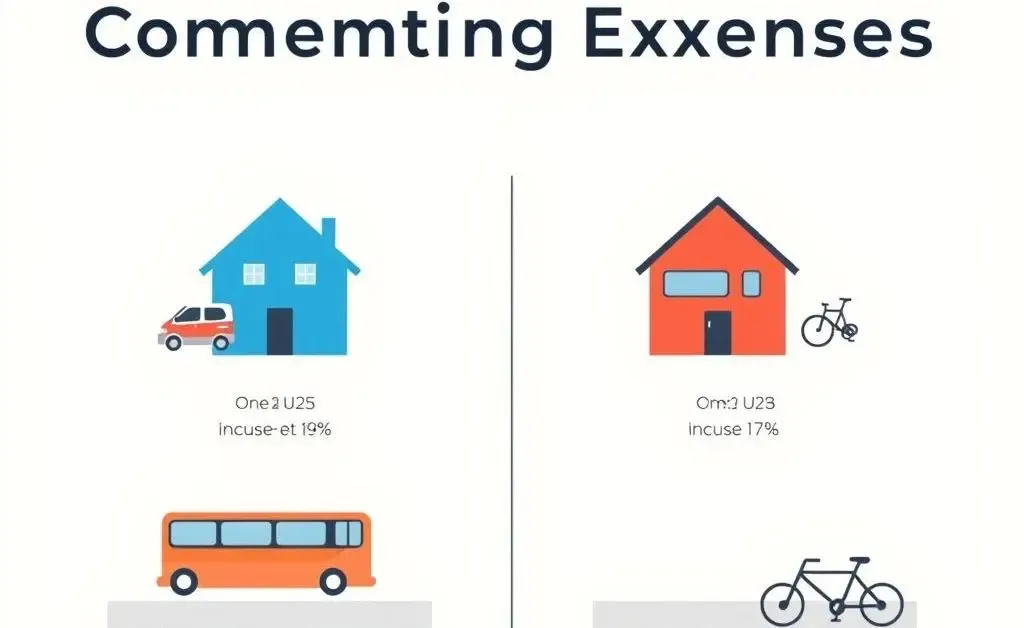Why a Dual-Income Household Might Not Always Add Up
Explore why dual-income households might struggle financially despite earning more.

Have you ever wondered why earning more doesn't always make you feel richer? You're not alone. Many people are starting to question if having two incomes in a household truly brings the financial security everyone expects.
For some families, transitioning from one to two earners might not drastically change their financial landscape. Today, let's dive into why that's the case and what you can think about when assessing your own situation.
Understanding Dual-Income Dynamics
At a glance, doubling your household income seems like the obvious way to healthier finances. But it's important to understand that with more income often comes more expenses. Let's break it down a bit:
- Increased commuting costs: Both partners may need to travel to work, which can double commuting costs, including fuel, public transport, and car maintenance.
- Childcare expenses: Families with young children might face significant childcare costs, giving a hefty return on your two salaries.
- Higher tax brackets: More income can push households into higher tax brackets, which might leave you with less money than anticipated.
The Hidden Costs of Earning More
Beyond the obvious costs, earning a dual income can introduce unexpected lifestyle changes. A fictional example might help here. Meet Lucy and Josh, who decided to both work full-time after Lucy returned from maternity leave.
Initially, their income increased substantially, but soon they noticed their expenses ballooning. Lucy’s work wardrobe needed an upgrade, their weekend restaurant visits became more frequent in lieu of cooking, and a cleaner was hired to keep the household running smoothly.

Lucy and Josh’s experience reflects a common story of how lifestyle inflation can quietly erode the intended financial benefits of a dual-income household.
Work-Life Balance & Family Time
Maintaining a dual-income lifestyle can often mean juggling demanding schedules, which leaves less time for family activities and self-care, leading to increased stress. A return to work for both partners might also trigger additional personal and professional stressors.

Striking the right balance between work and life is often more challenging than anticipated, forcing some families to reconsider if dual incomes are worth the trade-offs.
Reevaluating Your Situation
Whether due to rising expenses or lifestyle adjustments, dual-income households don't always equate to a higher savings rate. It's crucial for families to routinely assess their financial situation and lifestyle to determine what's truly valuable to them. Consider these questions:
- What additional costs have arisen since becoming a dual-income household?
- Are the financial benefits outweighing the potential stress and reduction of family time?
- Would a different scenario (e.g., part-time work or flexible hours) offer a better balance?

Once you’ve weighed these factors, you may find that a single income, or a different work arrangement, might be more financially sustainable than you originally thought.
What's Your Next Step?
Understanding that dual incomes come with both benefits and drawbacks will empower you to make more informed financial decisions that suit your family best. How do you perceive your household’s financial health in the dual-income setup? What would you change?




